The Funeral Of Pope John Paul II
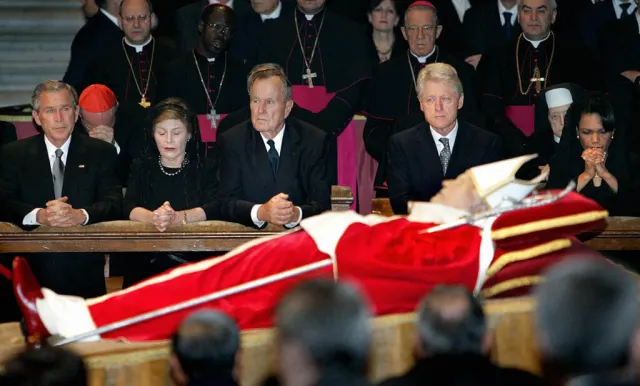
Pope John Paul II’s funeral on April 8, 2005, was the largest gathering of heads of state in history (not including the United Nations). The next-largest assembly had been at Winston Churchill’s 1965 funeral. In attendance at John Paul II’s service were four sitting kings, five queens, more than seventy prime ministers and presidents, and more than a dozen leaders of other religions.
In a departure from modern tradition, the pope’s body was not embalmed before it was put on display, which could be seen in the discoloration of his skin. Mourners were granted admission in order to pray before it. It’s believed that more than four million faithful gathered just in the city of Rome to honor John Paul II.
Young Popes
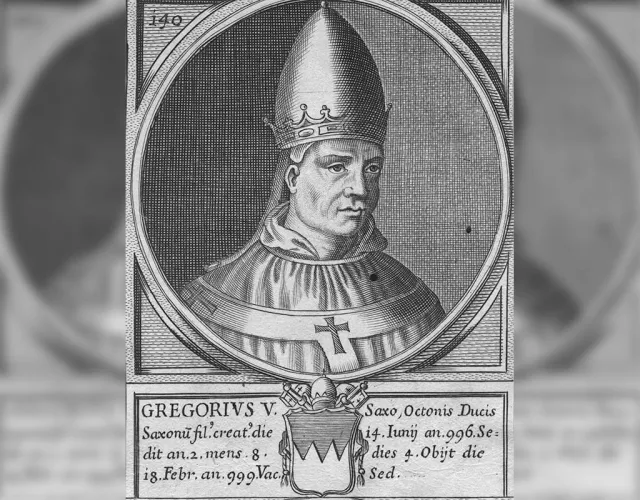
Most popes in modern history have been on the older side, with the current one beginning his papacy at age 76. But there have also been some young popes throughout history. Three were even younger than 25 when they held the title Bishop of Rome!
Pope Benedict IX was just 20 when he was first elected in 1032. Pope John XI was also 20 years old when he began his reign in 931. And Pope Gregory V was elected in 996, when he was 24 years old.
A Modern Pope
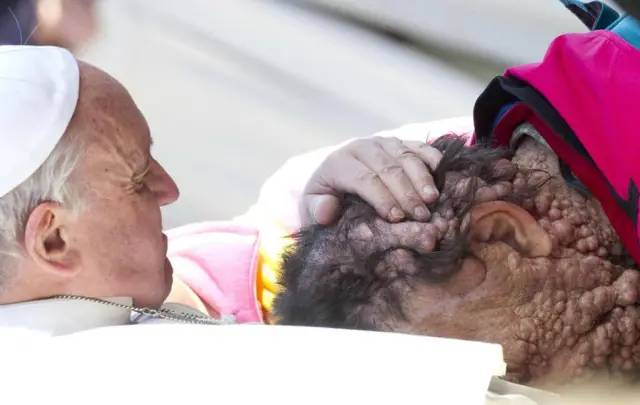
Early in his reign, Pope Francis was viewed by many as a breath of fresh air for the Catholic Church’s reputation, which has long been sullied with child abuse scandals. Francis’ empathy and love for people of all walks of life inspired hope in others and earned him admiration throughout the world.
One of the most definitive images depicting Francis’ compassion is the photo above. The pope didn’t hesitate to embrace this man who is afflicted with a genetic skin disease. In an interview afterward, the man expressed how much it meant to him to be hugged by Francis: “I’m not contagious, but (the pope) didn’t know that. But he did it: He caressed my whole face and while he was doing it, I felt only love,” he said.
Why The Pope Chooses a New Name
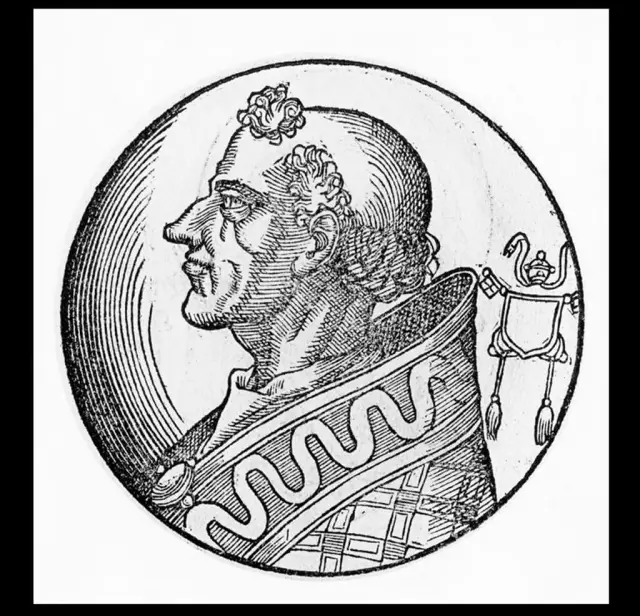
Although it’s not mandatory, every pope since Marcellus II (1555) has selected a different name once he assumed his new role. As William Portier, chair of Catholic theology at the University of Dayton, explains, “they feel they’ve been chosen to do this very weighty job and they need a name that will sort of help them and inspire them.”
In 533, Mercurius, pictured above, became the first pope to change his name. He didn’t believe it was proper for the leader of the Catholic Church to be named after a pagan god, so he chose the name John II. Pope John Paul I is an example of someone who chose to honor former popes (John and Paul) with his new name. They had led the church through a volatile period in the 1960s and John Paul wanted to indicate that he’d continue their work.
The Longest and Shortest Papacies
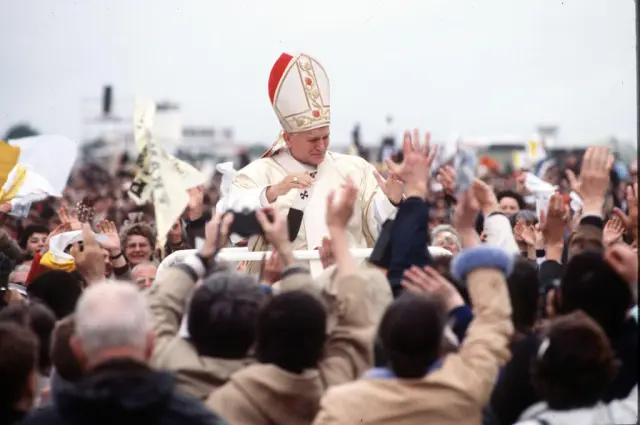
The pope with the shortest reign was Urban VII. He had only been pope for 12 days when he died of malaria in 1590. He was buried in the Vatican but his remains were later relocated to the church of S. Maria Sopra Minerva.
The longest-sitting pope was the first one, St. Peter. It’s believed that his term lasted 35 years, from the time of Jesus’ death to his own crucifixion in his 60th decade. Pope Pius reigned for 31 years, and John Paul II for 26 years.
Is the pope celibate?
Is The Pope Celibate?
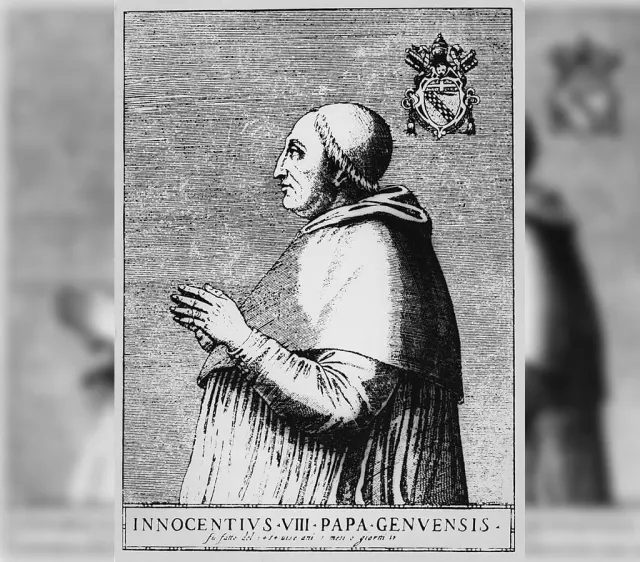
Celibacy has been a mainstay of the Catholic priesthood since 1139, but there have been several popes throughout history who did not abstain from physical relations. Some were married (before or during their time as pope) and others engaged in sexual activity outside of marriage. Some popes have even fathered illegitimate children. Public interest in this subject is strong enough that there are multiple websites on the subject, with some outlining exactly which popes are rumored to have avoided celibacy.
As for the current stance on celibacy within the priesthood, Pope Francis has said, “For the moment, I am in favor of maintaining celib